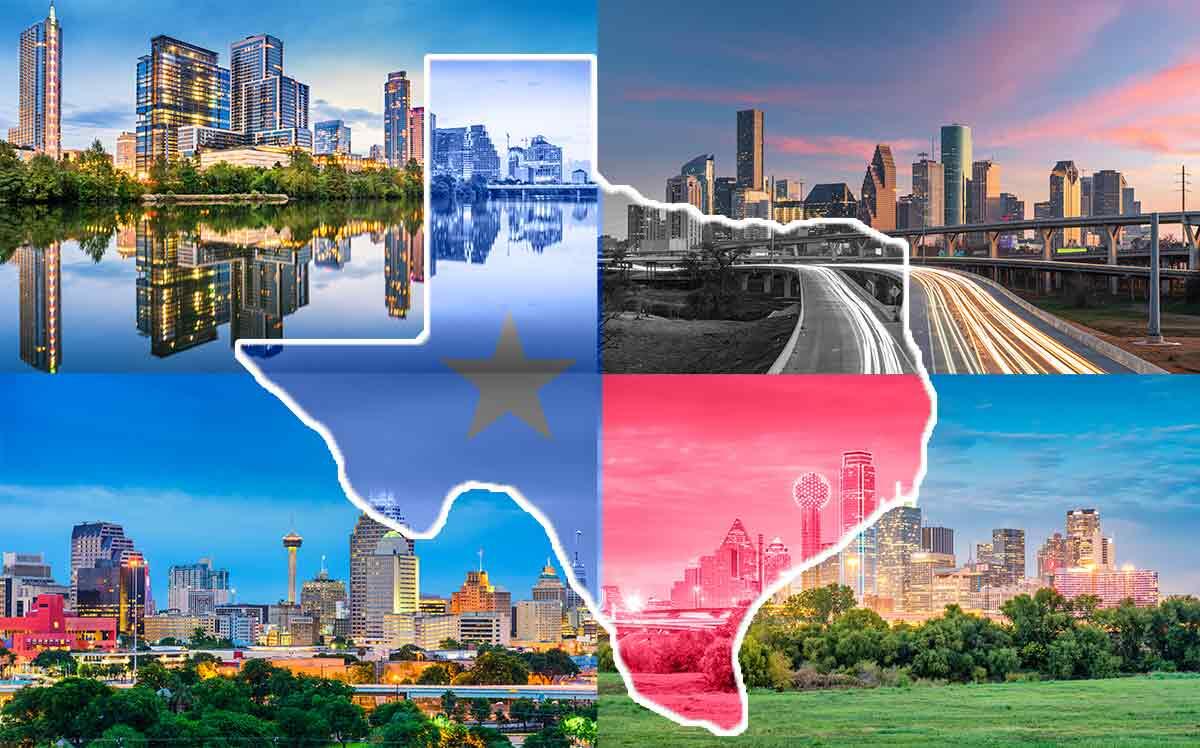Rising borrowing costs and a potential recession aren’t keeping multifamily developers and investors from coming to Texas as corporate migration to the state drives demand and stratospheric home prices turn more prospective buyers into renters.
Building permits for multifamily properties in Texas’ five biggest markets rose 26 percent in the first quarter from a year earlier and in May were the highest since the start of the pandemic. Purchases of multifamily properties in those markets jumped 136 percent to $57 billion in the first quarter from a year earlier.
“The multifamily building appetite, in Texas, in particular, seems to be really robust, still lots of properties being permitted,” Carl Whitaker, director of research and analysis at RealPage, told The Real Deal. “So we’re not seeing a pullback and permitting activity in Texas, the same way you are in some other markets.”
Rising interest rates have so far hit first-time home buyers the hardest, turning them into renters, and ultimately boosting multifamily investors’ fortunes, while steady migration to Texas has pushed demand faster than supply, even as Texas developers out-built much of the country. In the past decade, Houston built the most apartments of any large U.S. city, ahead of New York City, while Austin and Dallas were third and fourth and San Antonio was sixth.
Florida-based DLP Capital this week announced that it closed a deal on a 252-unit Corpus Christi apartment complex, bringing their investment in the state close to $1 billion, mostly on Texas multifamily properties. DLP executive Lou Davis, said the company remains bullish on the Lone Star State’s real estate’s market.
“What I do isn’t rocket science, Texas is a market that people want to move to and has a great demand for affordable housing,’’ said Davis, whose company has 12 to 15 properties in Texas that it operates or has partnerships on, including multi-family, townhomes and build-to-rent.
Texas’ real estate is affordable compared with California and New York, and there are so many people relocating there for jobs, even with impending interest rate hikes and a possible recession, there are still plenty of people making enough income to pay their rent, Davis added.
DLP has $500 million in Sun Belt deals slated for the coming months, with two of them in Texas, Davis said.
The Federal Reserve’s move to raise interest rates to their highest level in 28 years, to tame inflation, will make home ownership too expensive for many Texas homebuyers.
Many potential home buyers are caught in a proverbial pincer movement by deep-pocketed multifamily and single family investors, supported by the Fed’s interest rate hikes. As they descend on the Lone Star state’s real estate market, both groups of investors are converging and contributing to home price gains in the state.Relatively cheap land is also attracting multifamily developers and prospective landlords to Texas. In many cases they bought the land years ago, waiting for the right moment to break ground.
Developers and future landlords will have higher borrowing costs and higher property taxes going forward, though some or most of that burden will be borne by their tenants paying higher rents.
“Using rough parameters, nationally, and Texas mirrors this rate, we’re calling for about 13 percent year-over-year rent growth in 2022,” Carl Whitaker, director of research and analysis at RealPage, told The Real Deal.
Whitaker expects rent growth nationally and in Texas’ major markets to start cooling off in 2023.
“We’re forecasting upper 5 percent to low 6 percent year-over-year rent growth,” he said.
Nationally and in Texas, Whitaker said he was seeing sales volume start to level off but that the fundamentals behind Texas multifamily housing were in good shape.
Those fundamentals include job growth driven in part by major U.S. companies relocating their headquarters and significant operations to Texas. Among the major companies that have relocated to Texas since the COVID-19 pandemic began in 2019 include Tesla, Oracle, Caterpillar, CBRE and Hewlett Packard Enterprise.
Dallas and Houston are among the top 10 U.S. metro areas in job gains so far for 2022, according to Bureau of Labor Statistics data. With 224,400 jobs for the year Dallas is third, followed by Houston at fifth, with 185,50 jobs.
As long as people and major American companies continue to relocate or set up shop in the Lone Star State, multifamily developers and investors will continue to flock to Texas’ major cities, their suburbs and exurbs, Mike Weaster, a Houston-based realtor with Graham and Co. Realty Group told The Real Deal.
In April 2022, the multifamily construction permit issuances in Texas’ major markets cooled off slightly, dropping to 77,090. May saw multifamily construction permits in Texas’s major markets jump to 79,676, the highest in a month since the beginning of the COVID-19 pandemic.
With the impending interest rate hikes Whitaker expects some of Texas’ multifamily market growth to eventually level off.
“We knew that this current pace … couldn’t be sustained for two, three, four or five years,” Whitaker said.
Even with the interest rate hikes, Weaster doesn’t think the demand will die off soon because of the foreign money he says is flowing into Texas’ real estate markets.
Most of these funds are coming from the Middle East, Taiwan, China and other Asian countries, Weaster said.
“These guys are happy getting a two or three percent return in their home country, but down here, they can still get a six to seven percent return on their investments, in this interest rate environment,” Weaster added. “The cost of borrowing is going up but at the end of the day these developers are not getting their money from the same sources you and I are going to, they’re going to REITs, hedge funds, pension funds and other alternative funds.”
